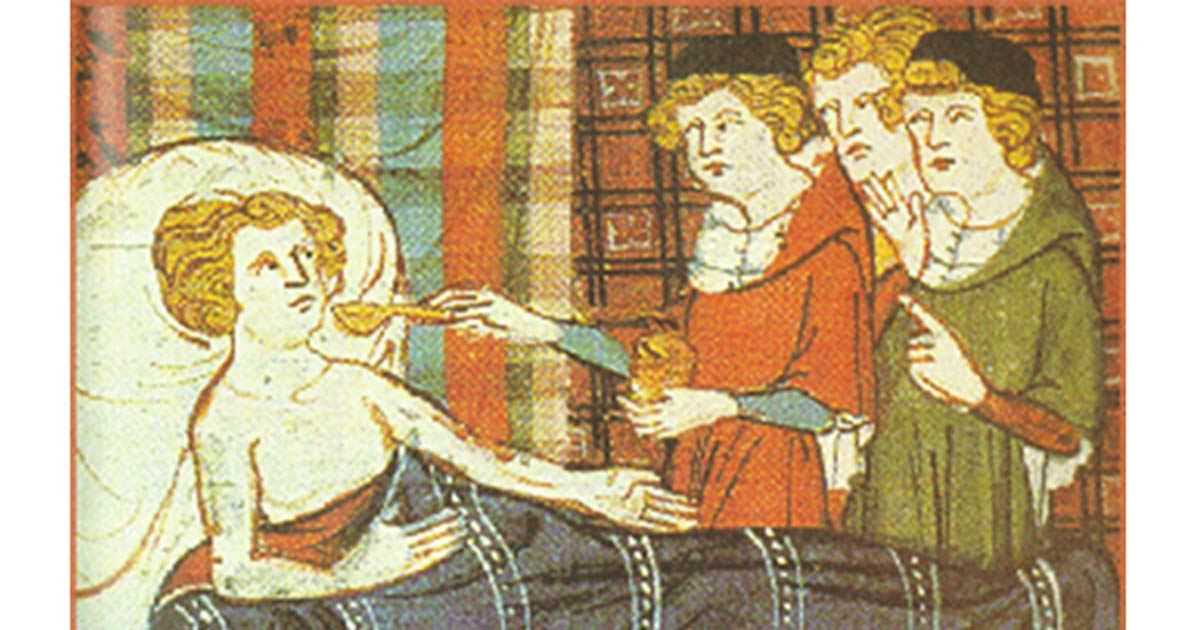Before they were regulars in your fridge or household cabinets, many now ordinary products were used for seemingly ridiculous medical contexts. The most popular example being Coca-Cola, which was first brewed on March 29, 1886 by Georgia-based pharmacist John Stith Pemberton. The sugary drink was originally marketed as a “nerve tonic.” Ads from the 19th century promote the drink which contained a few milligrams of cocaine per glass.
This was added to improve intelligence, relieve exhaustion, and cope with emotions like hysteria and melancholy. Pemberton himself became interested in brewing the drink as a way to manage his morphine addiction, from which many Civil War veterans struggled with.
But Coca-Cola is anything but just a soda, let alone the only renowned American product to have such a weird backstory. Here are five other small medical history snippets.
Every Other Soda was Guilty of Being a “Nerve Tonic”
Coca-Cola may be the most well known pseudo-medical soft drink, but it is actually is not the only one. The soft drink 7-Up was once advertised as a mood pacifier. Formally called Bib-Label Lithiated Lemon-Lime Soda, until 1950 the beverage contained lithium citrate, a chemical concoction used to regulate bipolar disorder. Other carbonated beverages were promoted similarly, which explains a lot about why soda fountains were installed within local pharmacies.
Lysol was Birth Control
Lysol is an extremely acidic cleaning product. Even if you are handling it with care – on hard surfaces like kitchen worktops or toilet seat lids – it will probably still irritate your skin every now and then. So imagine using it on your genitals.
And yet, that is what so many women did before the U.S. legalized birth control for all in 1972. In 2013, historians suggested that “feminine hygiene,” a widely touted benefit of the cleaning supply, was a euphemism for birth control. You guessed it, Lysol was, for many years, sold as a product that would kill sperm. I am betting it probably worked but some horrific damage to your genitals as a result.
Fig Newtons were a Digestive Aid
Fig Newtons were formally promoted as a digestive aid. In 1891, when the little cookies launched, it was thought that a daily snack of fruit and biscuits was what really kept the doctor away. Even in this day and age, Fig Newtons are promoted as a healthier snack option – “with real fruit!” so they advertise – but for what it is worth, each cookie has only one gram of fiber, which is half a gram less than you would get from eating an actual fig.
Kotex Pads were World War 1-Era Bandages
These days, the brand Kotex is synonymous with menstrual pads, but if we wind the clock back to 1914, this material staunched a different kind of bleeding. Cellucotton, as the processed wood was once known, is five times as absorbent as cotton at half the price. This made it at a favorite among army doctors during World War 1.
Graham Crackers were a purity Snack
Known as a “dietary refromer,” Sylvester Graham eschewed many of the world’s most fantastic treats. He hated alcohol and became one of the early proponents of a vegetarian diet in the U.S. But his ideals, which became known as “Grahamism,” reached its peak in his promotion of unsifted wheat flower.
Graham thought that plain flours and other bland foods would reduce excitement within the body, thereby enabling people to sustain purity of mind and flesh. Graham crackers, made of unsifted wheat, were advertised as a method parents could use to keep their children health and reduce the chance of masturbation.
Ultimately, the U.S. has had its fair share of interesting medical perspectives throughout time. With many of the influences affecting aspects of American culture and society today. With the benefit of hindsight, we can all see these medical approaches are a bit crazy in the modern context but their failings taught us a lot about the human body and mind.





